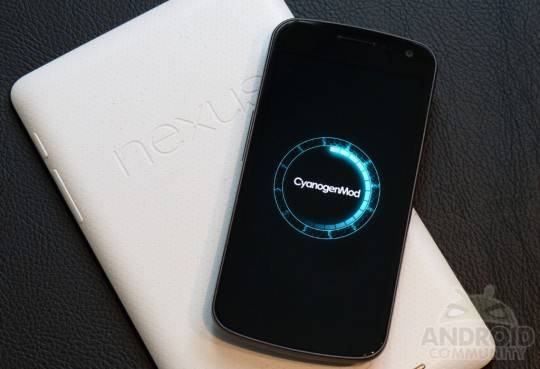
The first CyanogenMod 10.2 Release Candidate builds have appeared on the get.cm website today. These are arriving as RC1 and at the present time we count support for nearly 15 devices. The support is expected to arrive for additional devices with time, but for now the list looks to consist mostly of HTC and Samsung as well as a few that are Nexus branded.
Given the Nexus devices are getting (or will soon get) an update to Android 4.4 Kit Kat, we aren’t sure how many will be willing to load up CM10.2 which technically, is a step down as it is based on Android 4.3. Of course, given the rich feature set found with CyanogenMod releases, we use the step down description rather lightly.
CM10.2 RC1 builds are available for the Nexus 4, Nexus 7 (2013/4G), Nexus 7 (2013/WiFi) and the Nexus S. The obvious exception to the rule here would be the Nexus S as that upgrade path stopped with 4.1.2 Jelly Bean. Other notable devices on the CM10.2 RC1 support list include the GSM, AT&T, T-Mobile and Verizon variants of the HTC One, the HTC One X, Samsung Galaxy S, Samsung Captivate and the Acer Iconia Tab A700 tablet.
The builds all range in size from roughly 150MB on the low-end to 190MB on the high-end and the usual rules apply in terms of moving forward with an installation. First, make sure everything on your device is backed up. From that point, make sure you have the correct ROM for your device and otherwise, you will likely want the latest Gapps package so you can get the Google Services and Google Play Store up and running.
And while the folks at Cyanogen Inc did recently release the Installer app (by way of the Play Store), that is not going to get you up and running with this release candidate build. That installer flashes only the most stable builds. That brings the next point, while the RC builds should be relatively bug free, these are not final releases, which is basically just another way of saying there may be an issue once you have things up and running.
VIA: Android Police










Yes the installer only gives you the stable builds but within the OS you can update to stable and nightly.
As much as I love AOSP, it takes away from camera picture quality even on phones that have great cameras. It’s something about stock software..
Typo on title. CM10.2, not CM10-1-rc1.